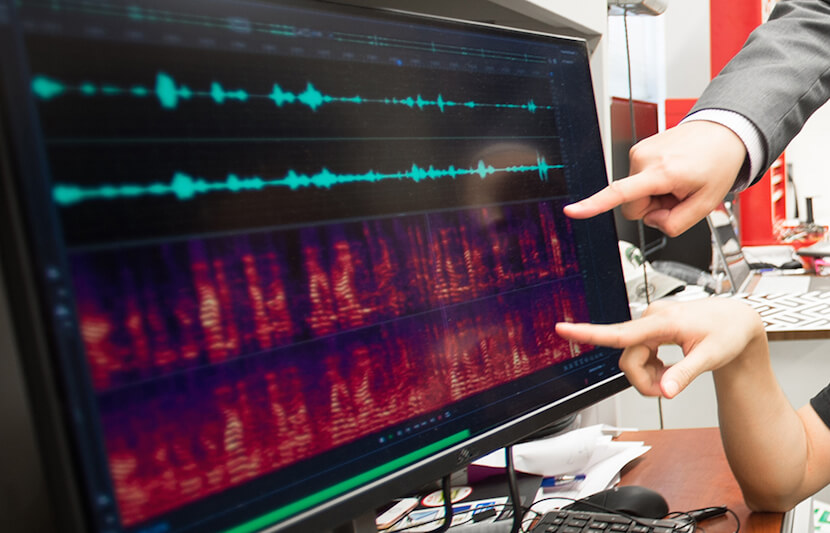A team of researchers at Michigan State University (MSU) is developing a revolutionary hearing aid technology that would eliminate background noise heard through devices currently used by people who have need of a hearing aid.
While hearable technologies have improved many people’s ability to hear, there are some situations where the devices have been proven inefficient.
Hearing aids commonly work as an amplifier, so they pick up all the noise in a room. This makes it very hard for people wearing hearing aids to hear individual voices and follow a conversation while in a crowded restaurant or venue. Turning up the volume in a hearing aid only amplifies the background noise.
The National Institute of Health estimates that nearly 29 million adults in America could benefit from hearing aids. Additional research shows that 80 percent of those who could benefit from hearable aid devices choose not to use them. Difficulty hearing in noisy situations has been proven as one of the reasons adults choose not to wear them.
In an effort to remedy this issue, MSU assistant professor of electrical and computer engineering Mi Zhang and his team are developing a smart hearing device that can differentiate and amplify noise from conversation while dampening background noise.
“This smart hearing aid device could filter out the noises the user does not want to hear in a noisy environment, and enhance the clarity of the sounds the user is interested in listening to,” Zhang said.
Zhang’s team includes doctoral student and lead researcher Xiao Zeng, research associate Kai Cao, and undergraduate student Haochen Sun.
“The biggest challenge is filtering the sound quickly, in real-time,” Zeng said in a statement. “That means processing sound very fast, in about 10 milliseconds. Otherwise, sound and moving lips don’t synch and it tends to cause dizziness or drowsiness of hearing aid users.”
“Human voices are very close, complicating our task,” Cao said in a statement. “We are having success with a machine learning-based approach and are hoping to work out the subtle frequency differences. If we can do that, your cell phone should also be able to enhance voices and mitigate the other noises.”
For the next step, the team is working on developing a miniaturized version of the hearing aid device so it fits comfortably inside the ear, Zhang said.
The team believes it can deliver the first prototype very soon.
“We plan to releases our first version around May 2018,” Zhang said “The biggest challenge is the battery life of the device. We aim at 8 hours continuous use with a single charge.”
The team’s goal to create a smart hearing aid device was inspired by the 2017 National Science Foundation’s Hearables Challenge, which took place in May. The challenge awarded cash prizes to teams that could come up with solutions, “such as algorithms or methods, that could improve the clarity of conversation in noisy environments.”
The team won third place in the challenge and presented its plans at the 2017 Association for Computing Machinery (ACM) and Ubicomp conference recently in Maui, Hawaii.



